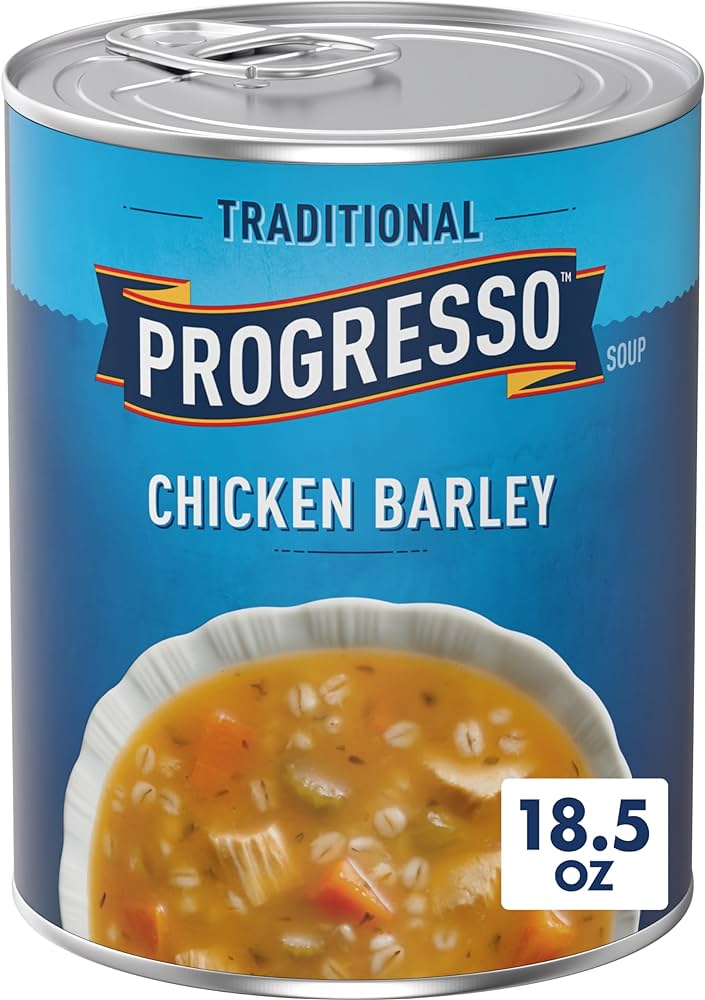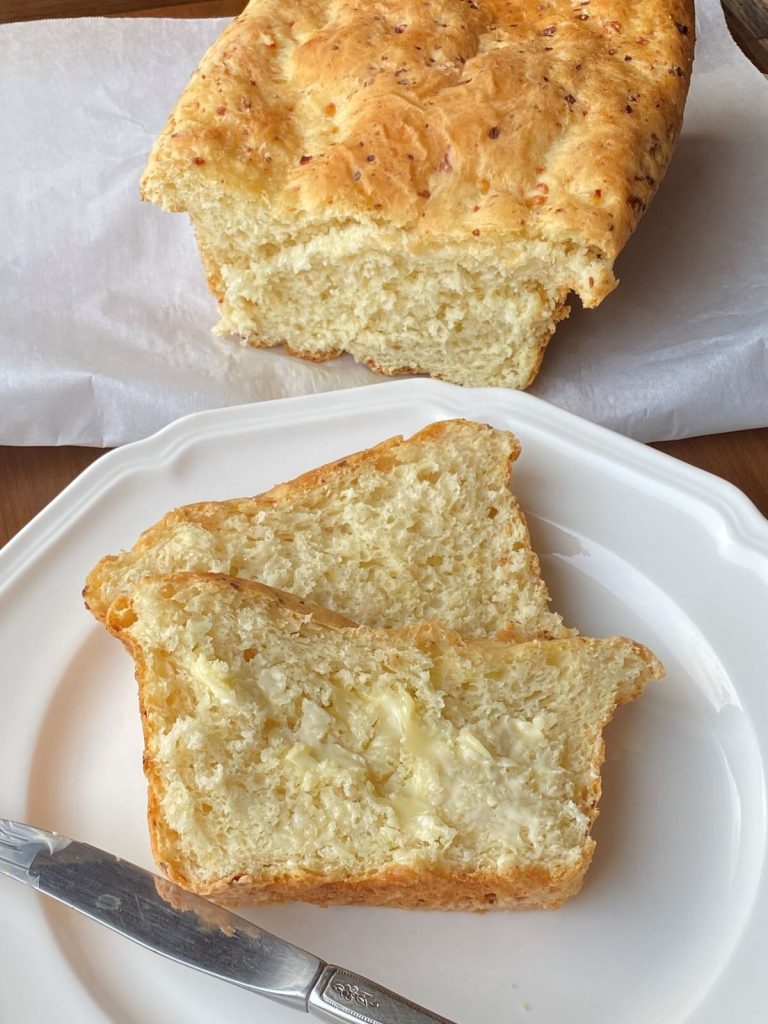French Onion Dip: History, Recipes, and Healthier Alternatives
French Onion Dip originated in the United States in the 1950s. The earliest known recipe appeared in a Lipton soup mix advertisement, utilizing their dehydrated onion soup mix combined with sour cream. This simple yet flavorful combination quickly gained popularity due to its easy preparation and appealing taste. Over the decades, French Onion Dip has evolved, with many variations emerging. Some recipes incorporate fresh ingredients like chopped onions and herbs, adding a personal touch while retaining the classic flavor profile.
Popularity in American Cuisine
In American cuisine, French Onion Dip holds a special place as a staple for parties and social gatherings. Its rise to fame coincided with the boom in snack foods and convenience recipes in mid-20th century American households. Surveys indicate that by the 1980s, it had become a go-to dip for potato chips, veggies, and more. Today, French Onion Dip remains widespread, commonly featured at Super Bowl parties, barbecues, and holiday events. Its enduring appeal lies in its versatile flavor and ease of preparation, making it a perennial favorite.
The Role of Onions
Onions form the foundation of French Onion Dip, offering depth and sweetness. Yellow onions are the preferred choice as they’re both sweet and pungent when caramelized. The process involves cooking the onions slowly over low heat until they become soft and golden brown. This slow caramelization concentrates the sugars, resulting in a rich and flavorful base. Onions combine with various seasonings to provide a complex taste profile.
Choosing the Right Sour Cream
Sour cream is essential for the dip’s creamy texture and tangy flavor. Regular sour cream, with its higher fat content, adds richness and smoothness. While you can use low-fat or fat-free sour cream, these types might alter the texture and flavor. Full-fat sour cream ensures the dip maintains its classic taste and creamy consistency, enhancing the overall enjoyment of the dip. Consider organic options for a purer taste without additives.
Variations of French Onion Dip
Homemade vs. Store-Bought
Homemade French Onion Dip offers freshness and control over ingredients. You can caramelize onions to achieve depth and sweetness, and adjust the sour cream’s fat content for the perfect creamy texture. Adding herbs and spices enhances the flavor profile. Homemade versions avoid preservatives found in store-bought dips, ensuring a more natural taste.
Store-bought French Onion Dip provides convenience and consistency. Brands like Lay’s and Dean’s offer ready-made dips that save you time. These products often include stabilizers and preservatives for longer shelf life, though they may lack the flavor depth of homemade dips. When you choose store-bought, look for brands using natural ingredients to balance convenience with quality.
Regional Variations and Flavors
Regional variations of French Onion Dip include additions unique to specific locales. In the Southwest, you might find dips with a spicy kick from jalapeños and cilantro. Northeastern versions can incorporate chives and shallots for a milder taste, while Southern adaptations may feature ingredients like smoked paprika or hot sauce for a bold flavor.
In California, a trend toward health-conscious options sees dips made with Greek yogurt instead of sour cream, reducing fat content and adding protein. These regional twists showcase the versatility of French Onion Dip, reflecting local tastes and dietary preferences across the country.
Culinary Uses of French Onion Dip
As a Party Staple
French Onion Dip remains a favorite at parties because it’s versatile and easy to prepare. Serve it with a variety of snacks like potato chips, tortilla chips, and vegetable sticks (carrots, celery, bell peppers). These combinations allow guests to choose their preferred dipping options. For upscale gatherings, pair the dip with crostini or bruschetta. This creates an elegant appetizer that complements wine and cocktails.
Creative Pairings and Recipes
Expand the use of French Onion Dip by incorporating it into different recipes. Use it as a flavorful spread on sandwiches and burgers. The dip adds a tangy, rich layer that enhances the overall taste. Mix it into mashed potatoes for a creamy, onion-infused side dish. Create a baked French Onion Dip by combining the dip with shredded cheese and baking until bubbly. Serve this warm dip with bread or crackers. Additionally, toss it with pasta to create a quick, savory pasta salad, making it a versatile ingredient in your culinary repertoire.
Health and Nutritional Aspects
Caloric Content and Dietary Considerations
French Onion Dip contains ingredients like sour cream and onions. Full-fat sour cream adds creaminess and tang but increases calorie intake. A typical serving (2 tablespoons) has 60-80 calories, with around 5-7 grams of fat. It’s suitable for occasional indulgence but not for regular consumption if mindful of calorie and fat intake. Caramelized onions offer micronutrients like vitamin C and antioxidants. However, sugar or high-fat content may be high if you use pre-packaged seasonings or store-bought versions. For those monitoring cholesterol, note that traditional recipes use dairy products with saturated fats.
Healthier Alternatives to Traditional Recipes
For a healthier take, you can substitute full-fat sour cream with Greek yogurt. This swap maintains the creamy texture while reducing calories and fat. Greek yogurt adds protein and probiotics, beneficial for gut health. Another option is to use blended cottage cheese, which cuts down on fat while adding a unique flavor profile. You can also increase fresh herbs, which boost flavor without adding calories and provide vitamins and minerals. To reduce sodium, opt for fresh onions and low-sodium bouillon over pre-packaged soup mixes. Incorporating vegetable dips, like those with pureed cauliflower, offers a low-calorie, nutrient-rich alternative.
Conclusion
French Onion Dip offers a blend of nostalgia and modern culinary creativity. From its humble beginnings with Lipton soup mix to today’s fresh, flavorful variations, it remains a beloved staple at gatherings. Whether you stick to the classic recipe or explore healthier alternatives like Greek yogurt or blended cottage cheese, there’s a version for every palate. So next time you’re planning a party or just craving a savory snack, consider whipping up some French Onion Dip. Your taste buds—and your guests—will thank you.






